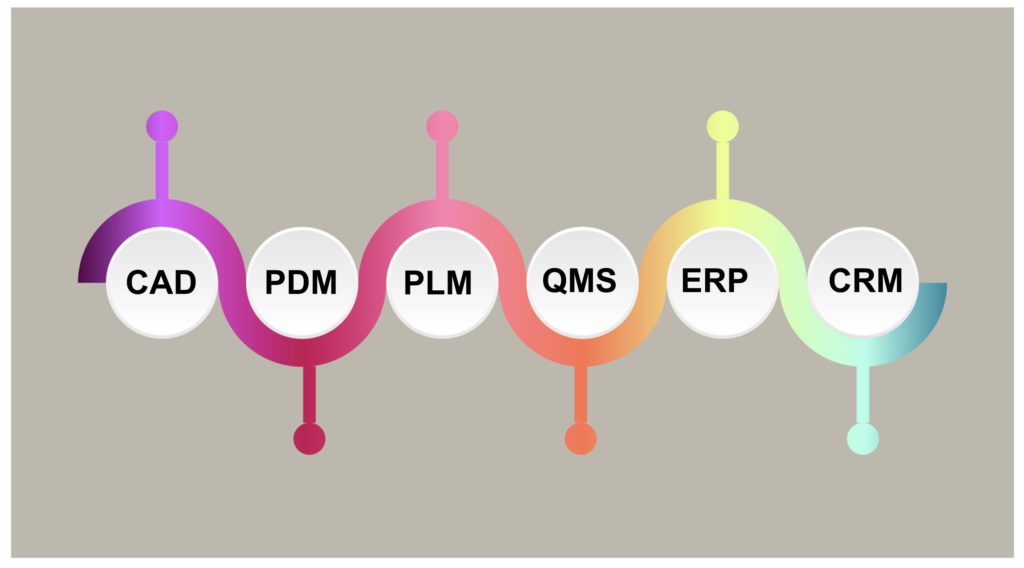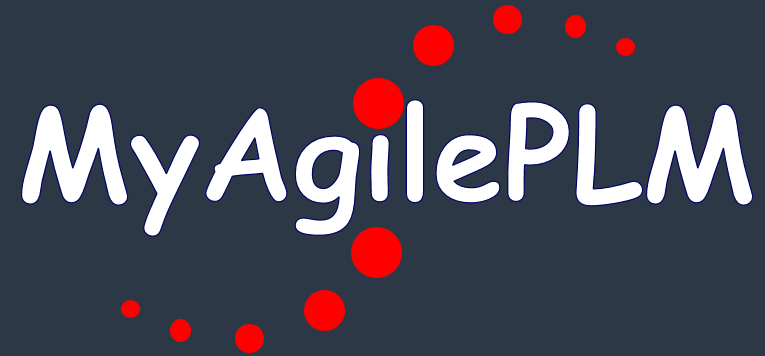
I was talking to a manufacturing company earlier this week and they asked me a question – we just purchased a QMS system and plan to use it to manage ECOs. How will it work with our future PLM system? And, at the same breath, they said, our manufacturing got ERP, so don’t worry about MBOMs. I found it interesting and worth discussing and sharing.
Silo Thinking
Unfortunately, silo thinking is a very natural process. Ask engineers to solve a problem and they will come back with Excel documenting the information and everything they need to get things done. This is how spreadsheets became the second best tool for everything – easy to start with, flexible, and messy. Unfortunately, silo thinking is also a very natural process to work (and make mistakes) in the large siloed organization – department tasks, processes, responsibilities, etc. All these things help companies to slip into a silo thinking. On the other hand, silos are not a bad thing if they are used to break the process and responsibilities, especially for measurement and performance optimization. The latter is coming only if you focus on the holistic data flow (I will talk about it later).
Find A Right TLA
If all you have is a hammer, everything looks like a nail. When companies attempt to solve their data and process management problems by finding a “right three-letter acronym tool” (eg. PLM, QMS, PDM, ERP, CRM, SCM, TQM, PIM, MDM, etc.), then you end up badly with a zoo of enterprise systems, disconnected and dysfunctioning. There is nothing wrong with finding the right tool, but be careful when you attempt to find the right “acronym”. The systems with the same acronym are often not the same, the function even if they are called the same, can perform differently and systems can be incompatible more often than you think about it.
Focus on Data Flow
Data is the center of every successful process organization. Thinking about how to organize product data can help you to think systematically about product lifecycle and process flow. You should always keep in mind how to organize the data, eliminate possible redundancy, unreliable synchronization between systems, and possible data inconsistency. Think about how to have a single source of truth about product records, revisions, and relationships and how processes can be organized and streamlined around the data.
What System Should Manage ECO – PLM vs QMS?
Getting back to the question I’ve been asked at the beginning. You can get easily confused by the attempt to think about an ECO as a document with the information and signatures. Although ECO can be presented as a printed document, the right way to think about ECO is as a process with the product information records that are shared between people and allow them to make decisions and later serve as an information source that can be tracked and reported.
What is my conclusion?
Silo thinking is a bad thing. When a company is planning its activities as a task list based on what each person needs to do, it usually ends up a system disaster. It is like creating a snapshot of what each person needs to do and putting it in an Excel spreadsheet. Somebody will end up with the list of parts in a specific assembly, somebody else will end up with a list of vendors and what needs to be purchased and somebody else will get a list of customers and quality incidents per customer. Another sin is an attempt to find the right three-letter acronym for each company function without planning an entire data flow and how systems will interact. The only right approach is to think about product information first. Once you created a product record for all items, their lifecycle and how they used in multiple products, you can think about other functions and how these functions (eg. change process, quality control, purchasing, etc.) is using product information. Focus on the holistic data flow and get out of silo thinking. Just my thoughts…
Best, Oleg
Disclaimer: I’m co-founder and CEO of OpenBOM developing a digital network-based platform that manages product data and connects manufacturers, construction companies, and their supply chain networks. My opinion can be unintentionally biased.
The post PLM vs QMS: How To Step Beyond Three Letter Acronyms? appeared first on Beyond PLM (Product Lifecycle Management) Blog.



Be the first to post a comment.